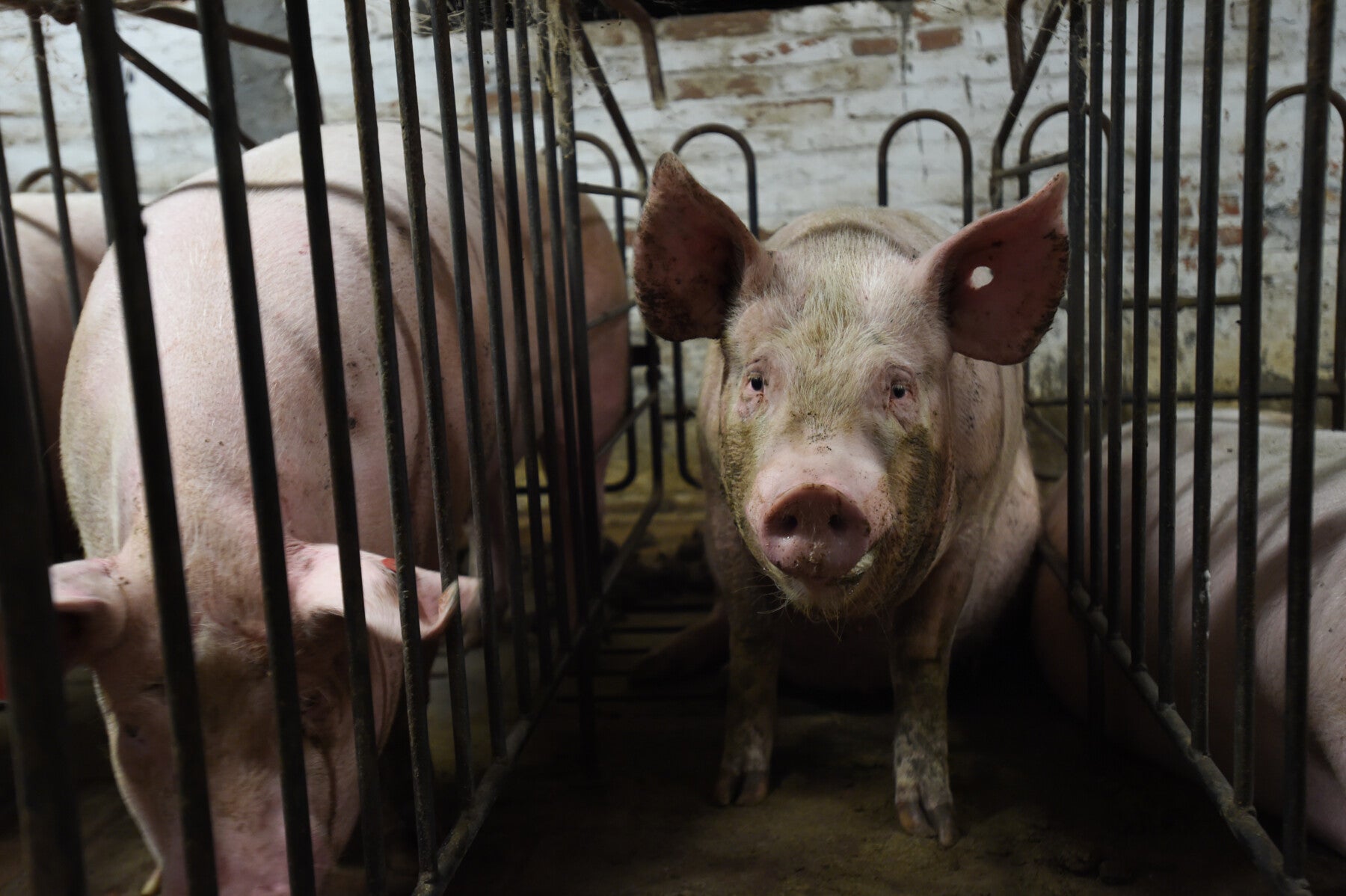In 2004, The HSUS published a web article that examined the current global situation regarding the growth of dolphinariums and swim-with-the-dolphins (SWTD) attractions. At that time, we knew of at least 14 operational SWTD exhibits in the Caribbean, with seven or eight more in the planning stages. As of 2013, we know if at least 20, with four or more proposed. We also know of proposals to open new attractions in Russia and China.
The Caribbean is one of the hottest spots for dolphinariums in the world. The cruise ship industry fuels this growth—destination ports need to compete for passenger dollars with shore excursions that can be enjoyed in a few hours. Dolphinariums, particularly SWTD attractions, not only fit the bill in terms of time, but are highly lucrative. Cruise line passengers pay up to $150 per half hour to swim with dolphins, and hundreds (if not thousands) of people might go through a facility (depending on its size and the number of dolphins it has) in a single day. Unfortunately, many of the countries involved have no regulations governing the operation of captive dolphin exhibits, and most use wild-caught animals.
Cuba remains the primary source in the region for wild-caught bottlenose dolphins. Cuba insists that its capture operations are sustainable and based on sound science. However, a paper in the Latin American Journal of Aquatic Mammals, (1) based on information originally presented at the International Whaling Commission (IWC) Scientific Committee’s Sub-Committee on Small Cetaceans, argues that there is as yet no evidence to support these claims. Despite conducting research over the course of 10-12 years, Cuba has yet to determine a population estimate for the coastal dolphins targeted for capture (and virtually none of the results of this “research” have been published in the peer-reviewed scientific literature). The annual live-capture quota has been set at 15 animals for many years; without a completed population assessment or even a working estimate of numbers, the claim that this removal rate is sustainable is entirely without merit.
Clearly, the captive dolphin situation in the Caribbean remains fluid. New facilities are constantly being proposed, defeated, opened, and, once in a rare while, closed. Our initiative to approach the problem from the demand side by meeting with cruise ship companies will hopefully bear fruit and decrease the demand for these facilities in the Caribbean and elsewhere. On the supply side, we must still unmask and expose capture operators and dolphinarium entrepreneurs wherever they appear and seek to set up shop.
New research is constantly being published, with results that often confirm what our common sense tells us is true—dolphins are unsuited to confinement in concrete tanks or small sea pens and they do not have magical healing properties. The most recent peer-reviewed publication debunking the myths surrounding captive dolphins was published by Lori Marino and Scott Lilienfeld in Anthrozoos.(2) They offer a critique of dolphin-assisted therapy that clearly indicates that this “miracle cure” is neither miraculous, nor a cure.
But the bottom line is, there is a demand for this “product”—captive dolphins performing for us, swimming with us, healing us—or else NGOs such as The HSUS/HSI wouldn’t be constantly responding to action alerts and pleas for help from local communities. We must reach the people who visit these dolphinariums, who want to swim with dolphins, who want dolphins to heal their children—we must convince them to step back and consider the situation from the dolphins’ point of view. The dolphins don’t want to interact with us as much as we want to interact with them. In a widely circulated cartoon, artist Paul Noth showed two dolphins swimming together, one saying to the other, “If I could do only one thing before I died, it would be to swim with a middle-aged couple from Connecticut.” From this perspective, the yearning to be close to these fascinating creatures can perhaps be seen for the selfish desire that it is. The desire is understandable, but it is not in the best interests of the animals.
If you ever find yourself swimming with a dolphin in the wide, blue ocean—unexpectedly, unplanned, with the approach toward you completely voluntary and free of charge on the dolphin’s part—be grateful for the gift and don’t ruin it by trying to capture this gift in a tank or a pen and paying $150 for it.
1. Van Waerebeek, K., Sequeira, M. Williamson, C., Sanino, G.P., Gallego, P., and Carmo, P. 2006. Live captures of common bottlenose dolphins Tursiops truncatus and unassessed bycatch in Cuban waters: evidence of sustainability found wanting. LAJAM 1:39-48.
2. Marino, L. and S.O. Lilienfeld. 2007. Dolphin-assisted therapy: More flawed data and more flawed conclusions. Anthrozoos 20: 239-249.












